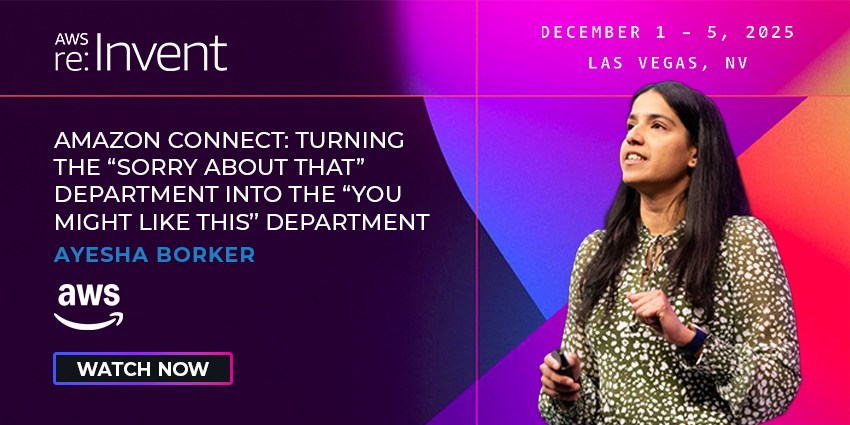With some trepidation, companies around the world have realized that being forced to quickly pivot to a remote work environment has jump-started a workforce revolution as millions of employees globally had to shelter in place. Contact centers have proven to be critical by providing expedient service to concerned consumers who had to change travel plans, couldn’t speak with a medical professional in person, or confer with a sales associate in a retail store.
The traditional contact center setup of large buildings filled with many employees — untenable during a pandemic — presented an opportunity to shift to a new normal. Now, companies are embracing and employing cloud-based contact center solutions more so than ever to move rapidly forward in this new paradigm of remote work.
According to Gartner, 74% of CFOs surveyed plan to shift some employees to a permanent remote capacity, while a general HR survey revealed that 41% of employees are likely to remain remote post-pandemic. This lends to an overall trend in how workforce management will be shifting as companies move forward. A reliance on cloud-based solutions for instance, will be paramount to maintain and manage technology solutions, especially those present in modern contact centers. Organizations are going to have to adapt.
From managing employees remotely, to saving money on physical office space and maintaining business continuity plans with relative ease, moving contact centers to the cloud offers businesses a positive strategy to navigate the new world of remote workforces and customer engagement.
Here are some things businesses should consider:
There are Ways to Manage and Coach Remotely
The shift to working from home is something that the workforce has been waiting on for a couple decades. For the first time, we’ve reached a point where many businesses can operate remotely, particularly for customer service. The technology has been available for decades to allow contact center agents to work from home, especially through the use of cloud based solutions. However, one reluctance from a business standpoint has been around visibility and control.
The first element of shifting to remote autonomy is effective supervision. In the contact center in particular, it’s about learning how to manage remote agents and performance without physically being in the same space. Thankfully, the technology to monitor calls, provide quality assurance and supervisor intervention has been around for a long time. It’s just a matter of scaling that technology for a cloud-based environment. While there is some adjustment for companies that rely on premise-based solutions, those in the cloud can adapt quickly.
For example, with desktop analytics and recording tools, supervisors can monitor and record agents’ activity on the desktop through workforce engagement management. Companies need to ensure that their technology is able to maintain the quality that today’s customer demand in terms of customer service.
Moving to the Cloud Can Have Financial Benefits
There is also a positive financial impact to moving contact center operations remotely and managing through the cloud. From a cost and ROI perspective, saving money on real estate, office space (and associated equipment), and being able to recruit from a pool of higher caliber and educated workforce from anywhere, not limited to a 30 mile radius from the contact center, leads to more opportunities not only for companies, but for potential employees as well. This opens the door for stay-at-home parents, people with special needs, and other talented individuals previously unable to work the traditional nine-to-five.
Business Continuity Still Needs to Remain Top of Mind
The thought process around hiring and managing a remote, cloud-based contact center workforce creates a clear path to focus on business continuity. This time it was a pandemic, but what about next time? A natural disaster affecting the physical office? With business operations taking place in the cloud, business continuity and disaster plans are much more effective because they can scale outward rather than forcing a delay in services.
In the case of contact center workers, the ability for agents not to be tethered to a phone system that is located in an office building is crucial. In the cloud, they can be across town or across the world, but the key is that agents are all logging into a virtual cloud-based center. That said, the inherent flexibility that comes from cloud-based solutions allows companies to execute on their business continuity and disaster recovery plans much more effectively.
Even with a remote workforce, lowered costs and the right tools to monitor and assist contact center agents, the most important part of moving to the cloud is employing the right strategy and tools to deliver a premium customer experience. There is no business driver more important than a customer base that is satisfied and appreciative of the service they are receiving.
In today’s world where customer experience is so critical and so important to deliver to clients, businesses have to make sure that they not only have business continuity, but that they have top-level agent performance and that they are delivering a quality experience to the consumer like never before. It’s no secret that consumers are on edge right now because of their own environment, so it’s even more critical to deliver superior customer experience with empathy, with understanding and with the knowledge that things are operating differently right now.
With the rapid increase of e-commerce, many businesses are seeing an increase in website traffic as it’s quickly becoming the main storefront and touchpoint where a customer may engage with a brand. This results in more questions and inquiries coming through the contact center. For example, how does a customer return a product ordered in the wrong size, can I reschedule my virtual doctor’s appointment, or when can I expect my food order to be delivered? This is a mere glimpse of the questions that can filter through a contact center in a given day.
If companies are able to proactively manage their customer contact workflows through appropriate follow-ups and workflow automation, it allows for a near-seamless communication with the customer. It’s the customer experience and interaction cycle that proves the worth and value of the right cloud-based solution and ensures that customers are wholly satisfied without ever having to step foot in a traditional brick and mortar location. That is where customer experience is created and will excel in the future







